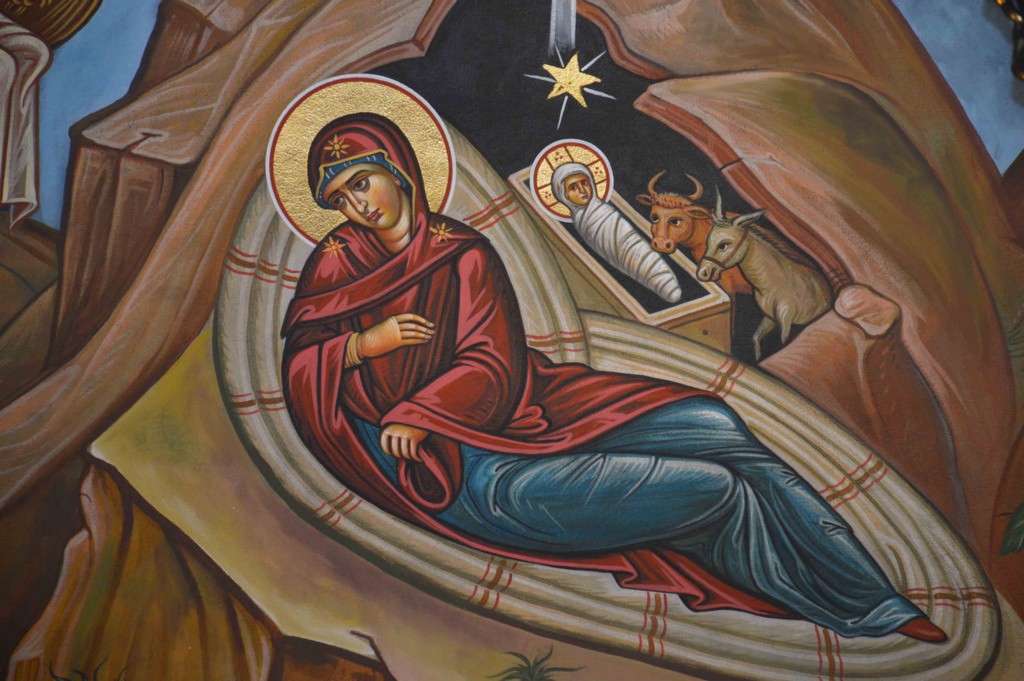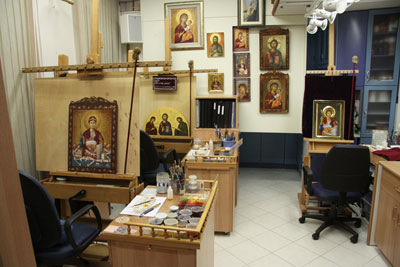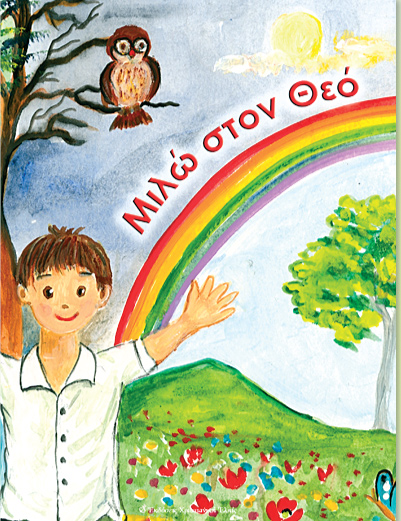Translation from the book:
Στεργίου Ν. Σάκκου, Ἑρμηνεία στό κατά Λουκᾶν Εὐαγγέλιο, τόμ. Α΄,
ἐκδ. «ΧΡΙΣΤΙΑΝΙΚΗ ΕΛΠΙΣ» ΟΡΘΟΔΟΞΗ ΑΔΕΛΦΟΤΗΤΑ, Θεσ/νίκη 2008, σσ. 96-99
(Stergios N. Sakkos [Read CV], A Commentary on the Gospel according to St. Luke, vol. A', pp. 96-99)
2,6-7. Ἐγένετο δὲ ἐν τῷ εἶναι αὐτοὺς ἐκεῖ ἐπλήσθησαν αἱ ἡμέραι τοῦ τεκεῖν αὐτήν, καὶ ἔτεκε τὸν υἱὸν αὐτῆς τὸν πρωτότοκον, καὶ ἐσπαργάνωσεν αὐτὸν καὶ ἀνέκλινεν αὐτὸν ἐν τῇ φάτνῃ, διότι οὐκ ἦν αὐτοῖς τόπος ἐν τῷ καταλύματι.
2:6-7 But while they were there, the time came for her to deliver and she gave birth to her first-born son, and wrapped Him in swaddling clothes, and laid Him in a manger, because there was no place for them in the inn.
 When Joseph and the virgin Mary arrived at Bethlehem to take the census, “the time came for her to deliver” the days of her pregnancy were fulfilled, and she bore her firstborn son. The first son was called the firstborn, whether other children followed or not. If other boys were born after him, he was distinguished from them by the term 'elder'.
When Joseph and the virgin Mary arrived at Bethlehem to take the census, “the time came for her to deliver” the days of her pregnancy were fulfilled, and she bore her firstborn son. The first son was called the firstborn, whether other children followed or not. If other boys were born after him, he was distinguished from them by the term 'elder'.
Evangelist Luke, with unparalleled simplicity and in few words, tells the story of Jesus’ birth. This style of writing, which the other evangelists also follow, is in perfect contrast to the false gospels, the so-called apocryphal writings. The greatest proof of the reliability of the Gospels is the total lack of exaggerated and detailed descriptions which characterize the various irresponsible traditions that circulated from the earliest times concerning the Lord’s life.
As soon as Jesus was born, his mother “wrapped Him in swaddling clothes, and laid Him in a manger”. She put him in a manger, in the place where they put the animal straw, because there was no other cleaner place. The Lord condescended to be born in a stable; it was perhaps the most expressive image of humanity he was coming to save.
In those days all the inns had a stable so that the animals, the transportation means of that time, could find food and rest there. The place where people could stay, was a large one without beds or even mattresses. The people crowded into large rooms and, if it was possible, they would lie down on the floor next to each other. Therefore, in the inn it was impossible to find a private corner, quiet and isolated, that would facilitate the expected childbirth. That is why Joseph and the virgin Mary preferred to spend that night at the stable.
In the Byzantine iconography of the Nativity, the stable is represented as a natural cave; this tradition is also attested to by ancient writers. In Palestine, natural caves formed on the slopes of its clay hills abound. Sometimes, with a few changes, they were transformed into inns or stables for inns and even into residences. One such cave was the stable of the inn where Joseph and Mary spent their night.
Copyright © 2021 by Orthodox Christian Association «ΧΡΙΣΤΙΑΝΙΚΗ ΕΛΠΙΣ» ΟΡΘΟΔΟΞΗ ΑΔΕΛΦΟΤΗΤΑ. Used by permission. All rights reserved.









